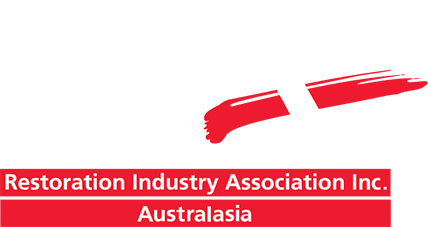Commonly Asked Questions about Drying Equipment
When it comes to water damage restoration, drying equipment are common machines that water damage restoration companies use to assist with the process of restoration. These machines are used to help address and restore materials that have been affected by excess water, with the aim of bringing affected materials back to pre-damaged condition.
Being new to a water damage restoration process, you may have some questions about drying equipment. In most cases, the restoration technician at your property can help answer your questions. Alternatively, they may have referred you to this page.
Here are our answers to a number of commonly asked questions regarding drying equipment.
What is drying equipment?
The term drying equipment in the restoration industry describes a specific range of electrical machines that are used by restoration companies to reduce the amount of moisture in and/or upon water affected building and content materials.
There are several types of drying equipment which assist in this process, two common types are the air mover, a machine used to blow air on materials and/or around space and the dehumidifier, a machine used to reduce moisture in the air.
Why is drying equipment used?
Water damage restoration companies use drying equipment to help address and restore materials that have been affected by excess water, with the aim of bringing affected materials back to pre-damaged condition.
Drying equipment is also used to prevent further damages to a property, bad odours from occurring and to reduce the chances of mould growing.
How much drying equipment is needed?
The amount of drying equipment that is needed for a job is dependent on a number of factors, including the type of materials that have been affected, how much moisture is in the affected materials and the size of the area affected. A water damage restoration technician can determine these with the use of a moisture reader, an instrument that is used to detect or measure the moisture level in materials.
Other factors that can influence the number of equipment being installed include, but are not limited to, the amount of space in the affected area/s, electricity availability and safety of the occupants.
How long will drying take?
Even though there are average drying durations for certain types and sizes of water damage incidents, the duration of drying can vary from job to job. Factors that can affect the duration of drying include the points mentioned in the previous section (see the “how much drying equipment is needed?” section above). Turning on and off the drying equipment can also affect the duration of drying.
Moisture readings taken by the water damage technician during their re-attendance/s can help determine if the affected materials have reached their drying goal (upon which the equipment can be removed) or if drying is to continue. Different materials have different drying goals and it is something the water damage technician can determine prior to drying.
Can I turn off the drying equipment?
Most restoration companies will recommend that drying equipment is not to be turned off during the drying process, unless advised otherwise. Turning on and off drying equipment can disrupt the drying process and extend the time required for drying. This can lead to higher electricity usage and higher equipment hire costs.
The only reasons drying equipment should be turned off (if not specified by the technician or company) is if the equipment is a hazard to the occupants of the property and/or the property itself.
If you have concerns about the drying equipment that is being used in your property or wish to turn off the drying equipment, please speak to the restoration company carrying out the job.
How much electricity will the drying equipment use?
The electricity consumption of drying equipment can differ from type of drying equipment and brand of drying equipment. The equation for estimating the electricity consumption of each drying equipment is: Amps x volts x 24 / 1000 x cost per kWh = cost per day.
Amps refers to the amount of amps the machine draws. Volts refer to the voltage supplied to your state or country. Cost per kWh (short for kilowatts per hour) refers to the cost of electricity usage (per kWh) that your electricity provider charges.
If you have any questions about electricity usage, please speak to the restoration company carrying out the job. For your health and safety, please do not touch the drying equipment to look for the amp detail of a machine or to enter a space that the company has advised you not to enter, to look for such detail.
Additional questions?
If you have any other questions regarding what you have read, feel free to write to us with the questions. We can be reached at admin@restorationindustry.org.au
Disclaimer
This article has been written by the Restoration Industry Association Inc. (RIA Inc.). RIA Inc. is a corporate entity separate and distinct from the Restoration Industry Association, Inc., a Maryland nonprofit corporation (RIA). This article is designed to provide information solely to professionals located in Australia and New Zealand and does not apply in and should not be used in other areas, including the United States.
This article is provided for general information purposes and is not intended as legal or professional advice. Users of this material assume all responsibilities, risks and liability resulting from use and reliance upon it.
We’re here to help
If you need any support pertaining to restoration practices, restoration services or anything else regarding the restoration industry, feel free to get in touch with us today.

